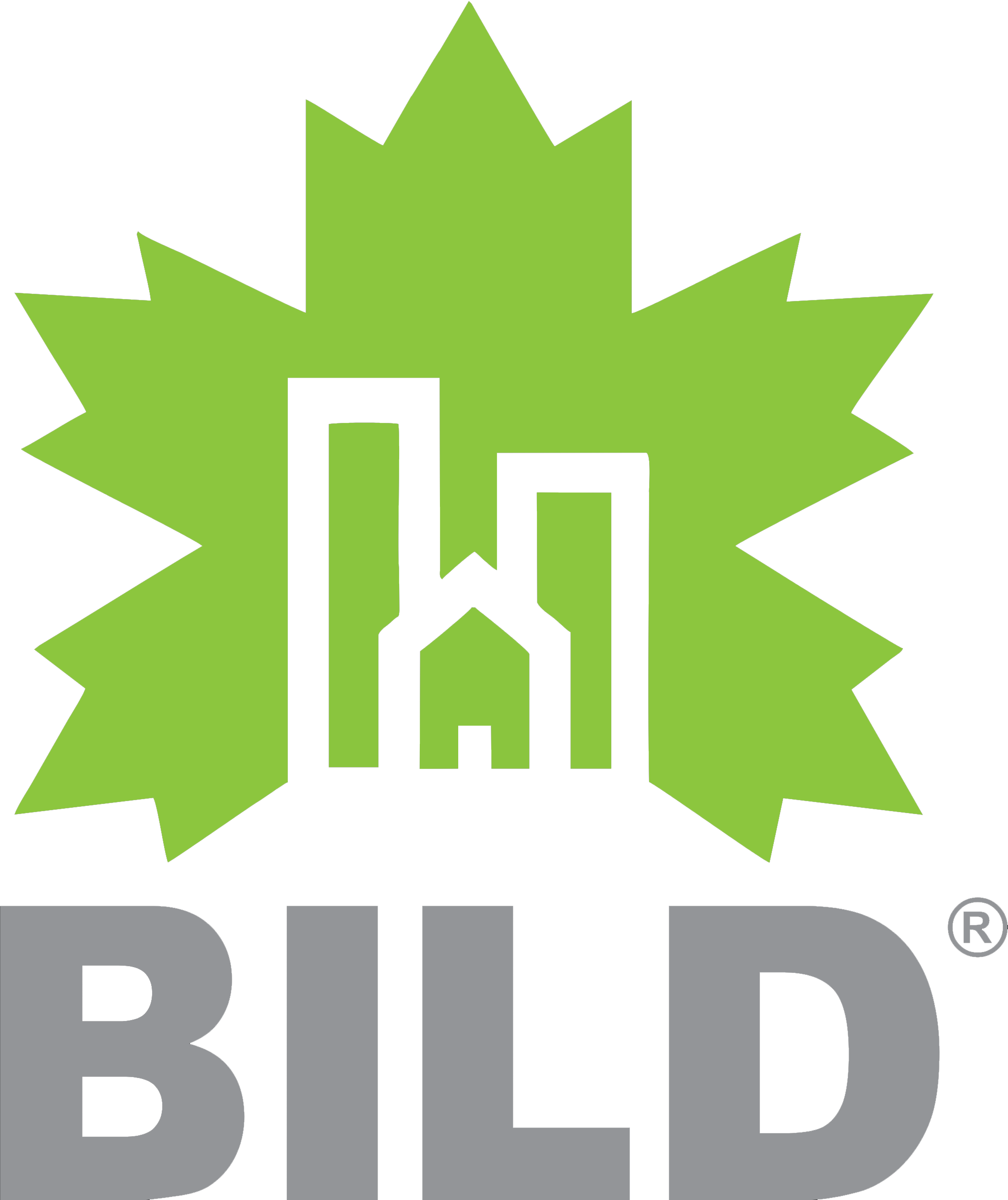Architectural visualisation is an essential tool in the design and real estate industries, allowing professionals to represent their designs in stunning detail and accuracy. However, as environmental concerns continue to gain prominence in today’s world, it is crucial to examine how sustainability can be integrated into the architectural visualisation process. Sustainable practices and advancements not only help reduce the environmental impact of design and construction but also contribute to more efficient and cost-effective project outcomes.
In this article, we will delve into various sustainable practices and technological advancements being embraced by the architectural visualisation industry. We will also discuss how RenderTech Studio’s commitment to eco-friendly solutions is helping to pave the way for a greener future in architecture and real estate. Join us on this exploration of sustainability in architectural visualisation and discover how you can make a positive impact on the environment with your next project.
Energy-Efficient Hardware and Software Solutions
The architectural visualisation industry relies heavily on advanced computer hardware and software to create detailed and realistic renderings. One way to enhance sustainability in this field is to invest in energy-efficient technology that reduces electricity consumption and minimises the environmental impact associated with computing processes.
For example, choosing energy-efficient GPUs (Graphics Processing Units) and CPUs (Central Processing Units) can help lower energy usage while maintaining high-performance output. Additionally, utilising cloud computing solutions can transfer resource-intensive tasks to off-site data centres, which often employ advanced cooling and energy management systems, resulting in reduced power consumption and carbon emissions.
Sustainable Materials and Textures in Visualisations
Incorporating sustainable materials and textures into architectural visualisations not only showcases potential eco-friendly design choices but also promotes awareness of sustainable building practices among clients, stakeholders, and the general public. These visualisations can encourage clients to consider implementing green building materials such as reclaimed wood, recycled steel, or rapidly renewable resources like bamboo and cork in their projects.
By choosing sustainable materials for visualisations, architects and designers can demonstrate key principles of green design, including energy efficiency, resource conservation, and waste reduction. This can influence the decision-making process, leading to an increase in the adoption of sustainable materials and practices in the construction industry.
Daylight Simulation and Energy Analysis
Daylight simulation and energy analysis in architectural visualisation can help optimise building design for natural lighting and energy efficiency. By accurately simulating sunlight’s interaction with building elements and interior spaces, architects can fine-tune the placement of windows, shading devices, and layout designs to maximise daylight usage while minimising reliance on artificial lighting.
Advanced visualisation tools can also aid architects in performing energy analysis, assessing how factors such as building orientation, insulation, and glazing types affect heating and cooling loads. These analyses can inform design decisions, leading to more energy-efficient buildings and contributing to environmental conservation. RenderTech Studio is committed to incorporating daylight simulation and energy analysis into their visualisation projects, paving the way for more sustainable architecture.
Virtual Prototyping to Reduce Waste and Resource Consumption
Traditionally, physical models and mock-ups have been integral to the architectural design process, allowing architects to study proportions, materials, and spatial relationships. However, these models can generate large amounts of material waste, contributing to resource depletion and environmental pollution.
Virtual prototyping using advanced visualisation tools offers a more sustainable alternative by eliminating the need for physical models. Virtual models can be easily altered and manipulated without generating waste, and they facilitate real-time collaboration between architects, clients, and stakeholders, streamlining the design development process. This reduced reliance on physical prototyping conserves materials and energy, and is an example of how RenderTech Studio is committed to sustainable visualisation practices.
Collaborative Design for Sustainable Outcomes
In the pursuit of a more sustainable future, fostering collaboration between various stakeholders engaged in a project is crucial. Effective teamwork can lead to better resource allocation and sharing of expertise in environmentally friendly design, ultimately resulting in more sustainable project outcomes.
Architectural visualisation plays a vital role in facilitating this collaboration, providing an interactive platform for architects, clients, stakeholders, and other design professionals to engage with projects in an immersive and intuitive way. By leveraging VR, AR, and 3D visualisation tools, professionals can collaborate in real-time, sharing ideas and recommendations for sustainable design practices and energy-efficient solutions.
Continuous Improvement and Education
Sustainability in the architectural visualisation industry can be bolstered by a commitment to continuous improvement and education. Fostering a culture of ongoing learning ensures that professionals stay informed about the latest advancements and best practices in sustainable design and visualisation technology.
Architectural visualisation firms, including RenderTech Studio, can work to educate both professionals and clients on sustainable design principles, energy efficiency strategies, and material choices through presentations, workshops, and conferences. By creating awareness and sharing knowledge, a collective effort can be made to transform the industry for a more sustainable future.
The architectural visualisation industry plays a critical role in integrating sustainability in the built environment. By adopting energy-efficient hardware, sustainable materials, virtual prototyping, daylight simulation, and fostering collaboration, firms like RenderTech Studio are helping to create a more environmentally conscious industry. With ongoing education and commitment to sustainable practices, these advancements will continue to make a positive impact on the environment and the architectural profession.
Embracing Sustainability in Architectural Visualisation
Incorporating sustainable practices and advancements in the architectural visualisation industry is vital for creating a greener future for architecture and real estate. By investing in energy-efficient technology, promoting sustainable materials, optimising daylight usage, and cultivating collaboration, architectural visualisation professionals and firms like RenderTech Studio can lead the way in creating a more responsible and environmentally conscious industry.
If you are looking for a visualisation studio that is dedicated to sustainability, look no further than RenderTech Studio. Our commitment to eco-friendly solutions ensures that your projects not only meet the highest aesthetic and technical standards, but also contribute to a better and cleaner environment. Experience the benefits of sustainability in architectural visualisation by collaborating with RenderTech Studio on your next project. Contact us today and let our team help bring your sustainable design concepts to life.



